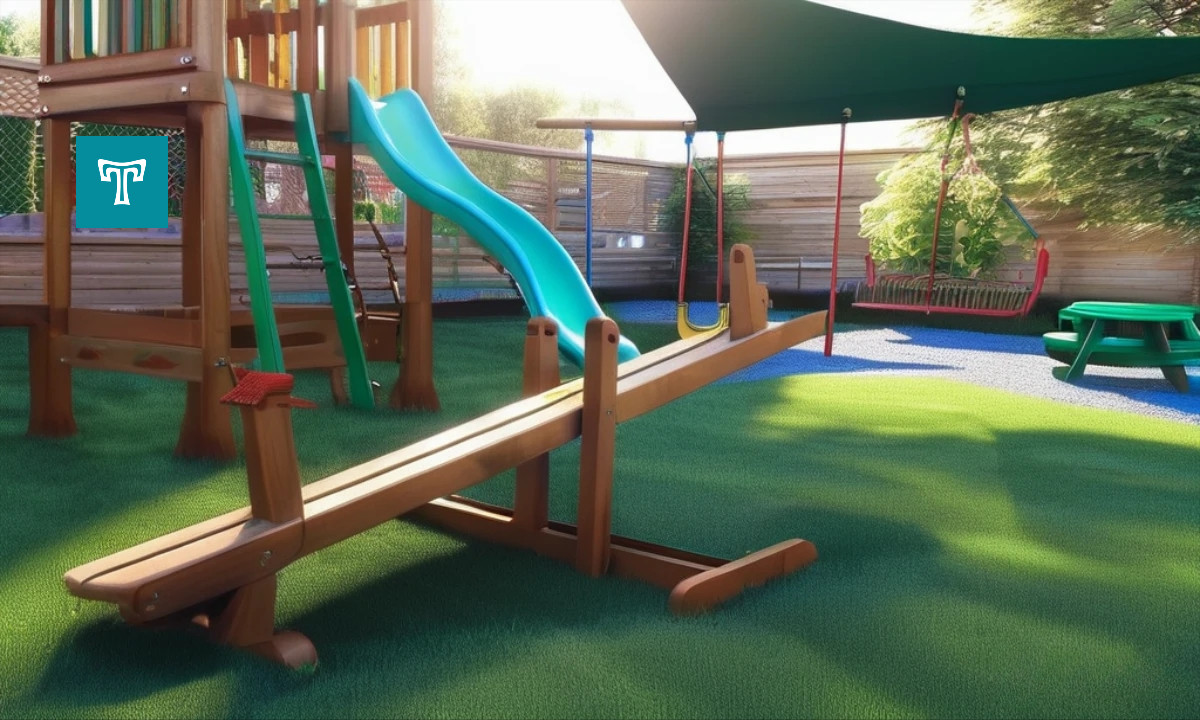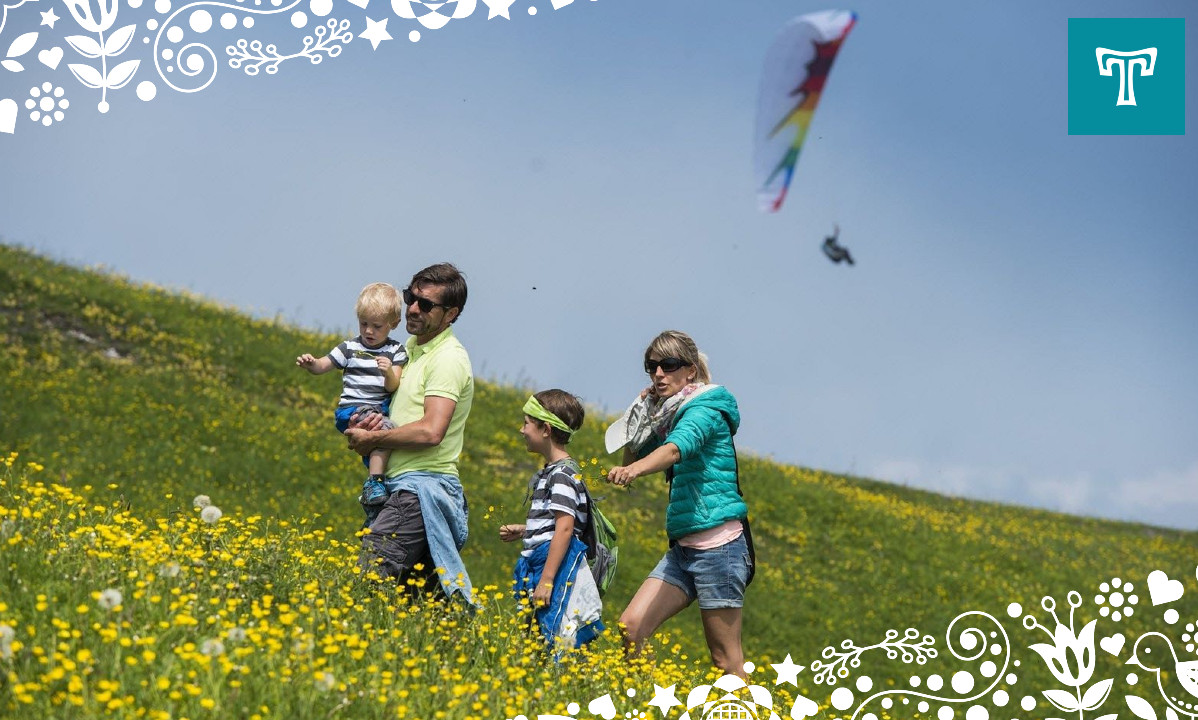Setting up a safe play area in the backyard is not just about fun—it’s also about safety. Children need a space where they can play freely without parents worrying about potential hazards. In this guide, we’ll walk you through the steps to create a secure and inviting outdoor space for your little ones.
Assessing the Backyard
Assessing your backyard is the first step in setting up a safe play area. Take a walk around the yard and identify any potential hazards such as sharp objects, uneven surfaces, or poisonous plants. Consider the size and layout of your yard to determine the best location for the play area.
Designing the Play Area
Once you’ve assessed the backyard, it’s time to design the play area. Choose age-appropriate equipment that is sturdy and safe for children to use. Consider adding a variety of play elements such as swings, slides, and climbing structures to keep kids entertained and engaged.
Creating Boundaries and Fencing
Establishing clear boundaries is essential for keeping children safe in the backyard. Install childproof fencing around the perimeter of the play area to prevent children from wandering off or accessing dangerous areas such as pools or garden beds. Ensure that gates are securely latched to prevent accidental openings.
Softening Surfaces
To minimize the risk of injuries from falls, consider installing impact-absorbing materials such as rubber mulch or safety mats beneath play equipment. These surfaces provide cushioning and help reduce the impact of falls, protecting children from serious injuries.
Sun Protection
Protecting children from the sun’s harmful rays is crucial when setting up a play area outdoors. Install shade options such as umbrellas, canopies, or shade sails to provide relief from the sun during hot summer days. Planting trees or shrubs can also provide natural shade for children to play under.
Water Safety
If you have a pool or water feature in your backyard, it’s essential to take extra precautions to ensure water safety. Install pool fences and alarms to prevent unsupervised access to the water. Teach children water safety rules and always supervise them when they are near water.
Childproofing Features
Childproofing the play area involves removing potential hazards and securing loose objects or furniture. Keep small items and choking hazards out of reach, and ensure that play equipment is anchored securely to the ground to prevent tipping or collapse.
Ensuring Visibility and Supervision
Proper lighting and clear sightlines are essential for supervising children in the backyard. Ensure that the play area is well-lit, especially in the evening, to prevent accidents and ensure visibility. Supervise children closely and set clear rules for outdoor play.
Including Play Equipment
Choosing the right play equipment is crucial for creating an engaging and fun play area. Look for sturdy, durable equipment that is designed for outdoor use and appropriate for your child’s age and development. Consider adding a mix of active and imaginative play elements to keep kids entertained.
Encouraging Imaginative Play
Encouraging imaginative play is key to creating a vibrant and engaging play area. Provide props, toys, and materials that encourage creativity and exploration, such as costumes, building blocks, or art supplies. Create themed play areas that inspire children to use their imagination and creativity.
Maintenance and Regular Inspections
Regular maintenance and inspections are essential for keeping the play area safe and functional. Inspect play equipment for wear and tear, loose bolts or screws, and other signs of damage. Clean and sanitize play surfaces regularly to prevent the spread of germs and bacteria.
Conclusion
Creating a safe play area in the backyard is a rewarding investment in your child’s health and happiness. By following these steps and guidelines, you can design a secure and inviting outdoor space where children can play, explore, and thrive.
FAQs
How much space do I need for a backyard play area?
The amount of space you’ll need depends on the size and layout of your backyard, as well as the type of play equipment you plan to install. Generally, aim for at least 100 square feet of play space per child.
What type of fencing is best for a backyard play area?
Childproof fencing with self-closing gates and latches is ideal for a backyard play area. Choose fencing that is sturdy, durable, and at least four feet high to prevent children from climbing over.
How can I make my backyard play area more visually appealing?
Incorporate colorful and engaging elements such as painted murals, brightly colored play equipment, and themed decorations to make your backyard play area more visually appealing and inviting for children.
Do I need to supervise my children while they play in the backyard?
Yes, it’s important to supervise children closely while they play in the backyard, especially younger children. Even with a fenced play area, accidents can still happen, so it’s essential to keep a watchful eye on children at all times.
How often should I inspect the play equipment in my backyard?
Inspect the play equipment in your backyard regularly, ideally once a month or before each use. Look for signs of wear and tear, loose bolts or screws, and other damage that could pose a safety risk to children.
What are some budget-friendly options for setting up a backyard play area?
You don’t have to break the bank to create a fun and safe play area in your backyard. Consider
DIY projects such as building a sandbox, creating a nature scavenger hunt, or repurposing household items as play equipment to save money while still providing hours of entertainment for your children.



